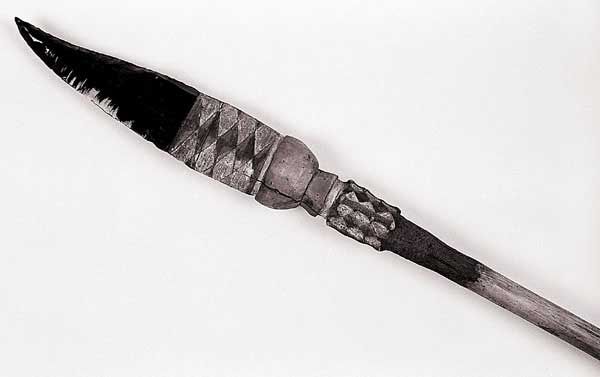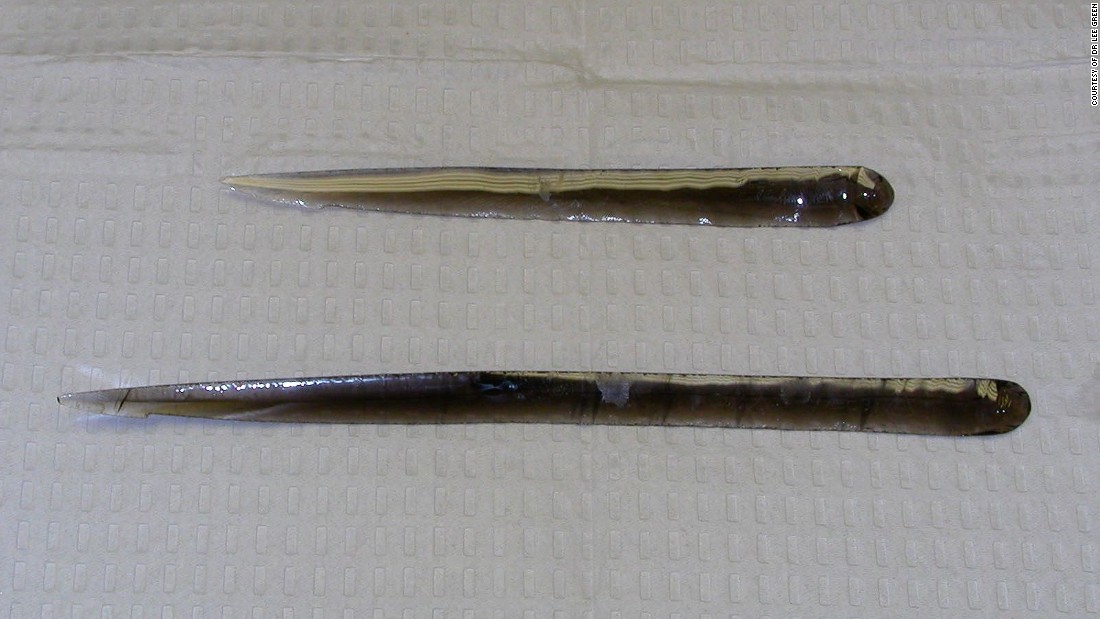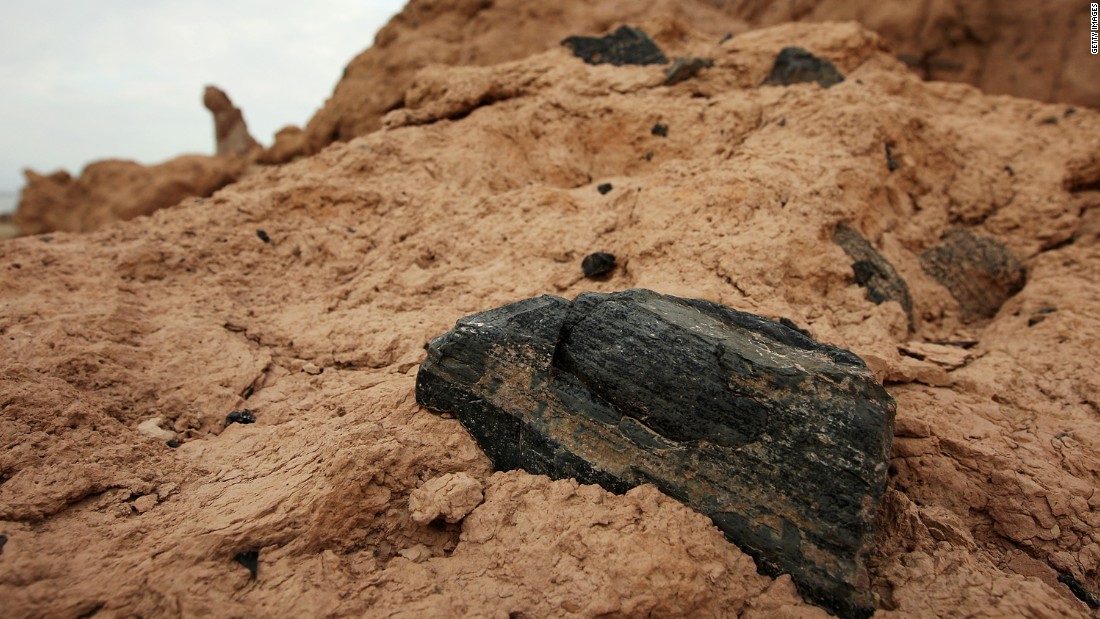

A plasma scalpel: comparison of tissue damage and wound healing with electrosurgical and steel scalpels.Effects of thermal knives on wound healing.Ancient technology in contemporary surgery.Comparison of wound-healing characteristics with feedback circuit electrosurgical generators in a porcine model.steel scalpel: a side by side comparison of cutaneous wound healing. Effects of steel scalpel, ultrasonic scalpel, CO2 laser, and monopolar and bipolar electrosurgery on wound healing in guinea pig oral mucosa.
#OBSIDIAN SCALPEL VS STEEL SKIN#

At 21 days, scar width was not different in the two groups. Scar width, however, was significantly less in the obsidian wounds at 7, 10, and 14 days (p < 0.005). Tensile strength of the two wound types was not different at 7, 14, 21, and 42 days. From stone and obsidian knives, to stainless steel reusable handles, the surgical scalpel has remained an important tool for surgeons throughout human. Each rat received two parallel 8-cm dorsal skin incisions, one with an obsidian scalpel and the other with a surgical steel scalpel (no. In order to determine if skin incisions made with obsidian were superior to those made with standard surgical steel, wound tensile strength, scar width, and histology were assessed in 40 adult male Sprague-Dawley rats. N2 - There are several anecdotal clinical articles claiming wound healing and scar superiority using obsidian (volcanic glass) scalpels. T1 - A comparison of obsidian and surgical steel scalpel wound healing in rats. This entry was posted in Fall 2018 by mbarretttzannes. “Obsidian.” Encyclopædia Britannica, Encyclopædia Britannica, Inc.,, Additional Readings/videos “Obsidian.” Geology, /rocks/obsidian.shtml.īritannica, The Editors of Encyclopaedia. “How Stone Age Blades Still Cut It in Surgery.” CNN, Cable News Network, 2 Apr. The scalpels can also be helpful for patients who might be allergic to the materials used for most surgical tools, such as steel and metal.

Obsidian tools have their time and place. Green also knows that using obsidian in medicine is a technique is not useful for every procedure and for every surgeon. Green receives his obsidian scalpels from an expert flint knapper, Errett Callahan. While it may seem odd to be using tools from the stone age in modern medicine, the blades being used today are different than those of ancient humans. These scalpels can be used for precise cutting in surgery. Green has observed that following procedures with obsidian scalpels, patients experience much less scarring than in the same procedure done with steel tools.Ī modern obsidian scalpel. Obsidian’s makeup creates a smooth and continuous edge on a blade, while regular steel tools have a rough edge on their blades at a microscopic level, which can tear into tissue and leave the patient with a longer healing process and more intense scarring. Lee Green at the Department of Family Medicine at the University of Alberta says it is not uncommon for him to use obsidian blades in his work. For its extreme sharpness, modern surgeons have continued to utilize obsidian tools in their work, especially in precise surgeries. An obsidian blade measures in at only 30 angstroms, making it very useful in precise cutting. The average household razor blade is somewhere between 300 and 600 angstroms (unit of measurement used to measure blade fineness).

Obsidian has incredibly useful and unique properties. Obsidian is especially useful for its sharp properties, and this is the reason obsidian tools are still on the market and being studied and used in the twenty first century. Arrowheads would only be found in areas where hunting by bow and arrow was prevalent. Two arrowheads produced from obsidian through the process of knapping.


 0 kommentar(er)
0 kommentar(er)
